At Secondary School No. 2 in Makaryev, Kostroma Region, a youth historical quest titled "10 Items of the Siege of Leningrad" was held in honor of the 75th anniversary of the lifting of the Leningrad blockade. Four teams from grades 7-8 and volunteers from among the senior students participated in the event. At the start of the game, each team was given a route sheet. Upon arriving at each station, the facilitators read out an informational brief about the station, after which participants were required to complete tasks. It was important that all the stations on the route were connected by a storyline that fully matched historical facts. Each team was allocated 6-7 minutes at each station.
According to the participants, the most interesting tasks were at the "Sleigh" station, where they had to deliver water on a sleigh from the "river" without spilling the precious liquid from the bucket and within the given time limit.
Everyone also remembered the "Bread Card" station. A bread card in the besieged Leningrad was the main document that allowed people to purchase food at government-set prices. The paper, stamped with ration coupons, indicated how many grams of each product could be obtained. Facilitators Lapshina A. and Monakhova A. asked the participants to determine the ration amount for children, workers, and employees.
The "Firefly Pin" station was also highly enjoyable. "Phosphorescent 'firefly' pins helped people move in total darkness. In the evenings, ghostly points of the phosphorescent pins would move along the dark streets, attached to clothing so that people wouldn't collide in the dark. They were very simple to use. A 'firefly' could be charged by holding it in the sunlight, near a lamp, or a match flame, and it would accumulate light energy, which it would emit for 5-6 hours in the dark. Wind, heat, cold, rain, or snow would not extinguish this miniature signal light — an essential companion for nighttime pedestrians," explained Shakhova E. before the task. Participants were required to find objects in total darkness within the given time at this station.
At the station with the unusual name "Smoker," volunteers Alekhina A. and Tsadova Y. explained that in September 1941, the use of electrical appliances in homes was prohibited. In December, the daily electricity output was reduced by seven times. Later, residential houses were completely excluded from the list of buildings that received electricity. To illuminate their homes, residents of the blockade tried to use "smokers."
Smokers were made from any small jars into which kerosene was poured, and a wick was lit. Valuable information was also shared about medicinal plants and the menu of the residents of besieged Leningrad. In 1942, posters were published with advice for the population on how to prepare for the next blockade winter, where to store vegetables, and a collection of recipes made from plant waste was released.
Both participants and organizers of the historical quest believe that such an event not only promotes team cohesion but also provides an opportunity to understand historical realities and gain invaluable experience from our ancestors and our homeland.
Recommended Offer Form for Individuals
Regulations on the Pedagogical Council of Secondary School No. 2, Makaryev
Banking Details and Document Copying Fees of Central Suburban Passenger Company
Banking and Legal Details of the Krasnoyarsk Regional State Center of Folk Art (GTSNT) for Paid Services and Government-Subsidized Contracts

 Deutsch
Deutsch
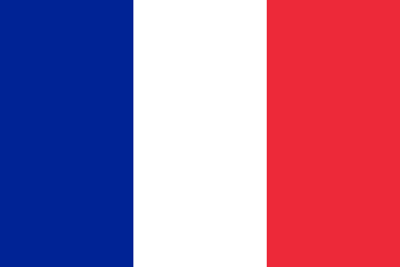 Francais
Francais
 Nederlands
Nederlands
 Svenska
Svenska
 Norsk
Norsk
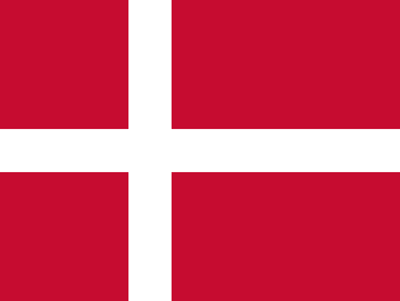 Dansk
Dansk
 Suomi
Suomi
 Espanol
Espanol
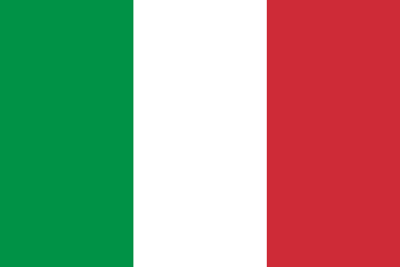 Italiano
Italiano
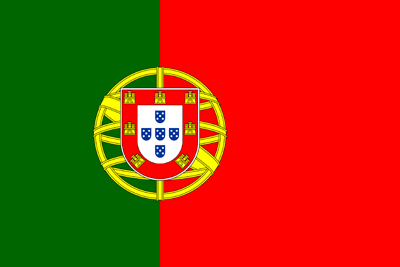 Portugues
Portugues
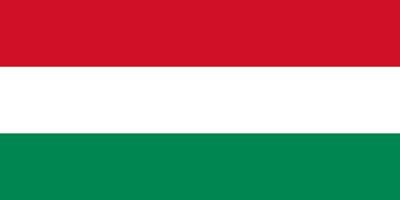 Magyar
Magyar
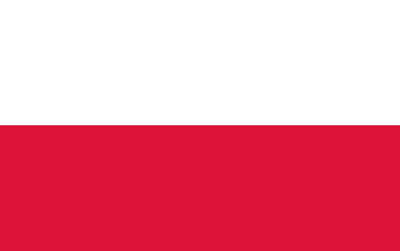 Polski
Polski
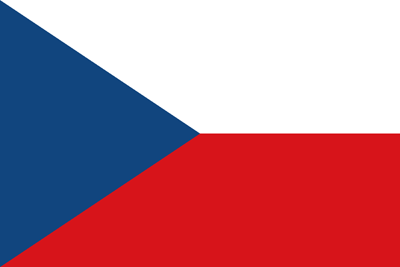 Cestina
Cestina
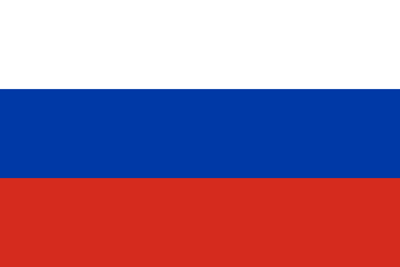 Русский
Русский